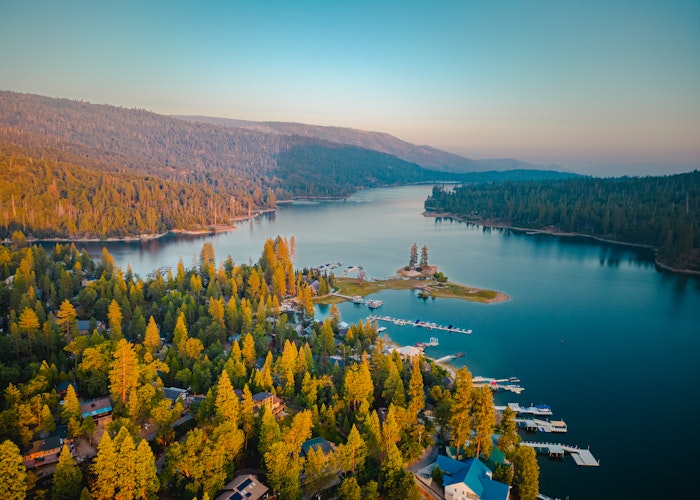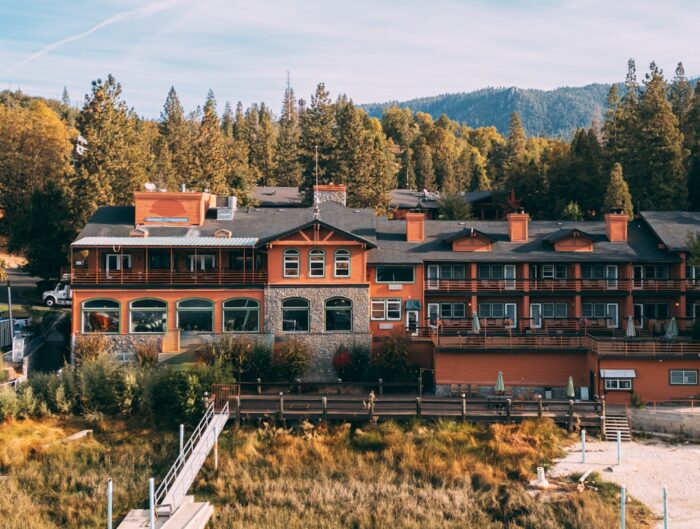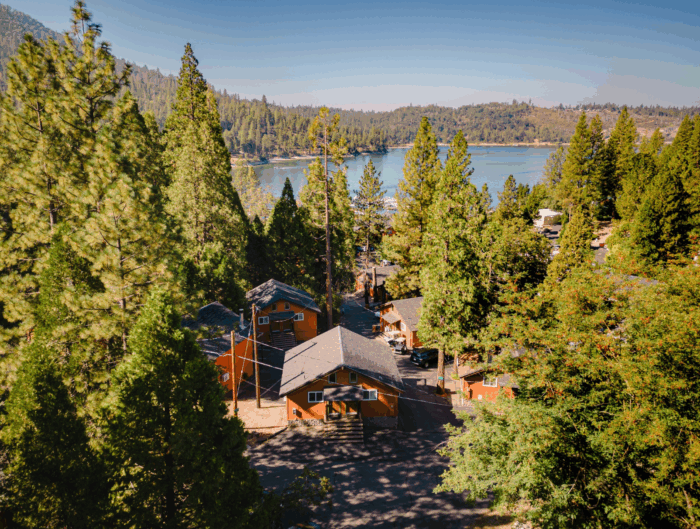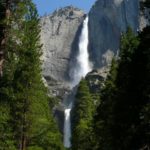A series of thunderstorms and heavy rain falling on top of the snow still lingering in Yosemite National Park in recent weeks means that waterfalls in and around the park are reaching peak activity, and will continue to do so through early May. These high water levels are occurring earlier than they normally do this year, thanks to warmer temperatures in early April, though they are still expected to continue possibly through early June.

To take full advantage of this natural wonder, check out Yosemite’s three tallest waterfalls.
Yosemite Falls
One of the highest waterfalls in the world, Yosemite Falls is actually three waterfalls, Upper Yosemite Fall, the middle cascades, and Lower Yosemite Fall, which together total 2,425 feet. While you can see these falls from many places in the park, a one-mile loop called Lower Yosemite Fall Trailwill take you to the base of this natural wonder. For those looking for more of a challenge, Upper Yosemite Falls Trailis a 7.6 mile round trip hike from the Lower Yosemite Falls trailhead up to Yosemite point and back, with an elevation gain of 2,969 feet.
Sentinel Falls
A photo posted by Alex Fenton (@_alexfenton_) on
At 2,000 feet, Sentinel Falls is Yosemite’s second tallest waterfall. Like Yosemite Falls, Sentinel is composed of several smaller cascades, ranging from 50 to 500 feet in height. To take in these falls, head to the Sentinel Beach Picnic Area, close to the Four Mile Trailhead. You can also see the falls while hiking the Upper Yosemite Fall Trail.
Ribbon Falls
Yosemite’s third tallest waterfall is Ribbon Fall. This 1,612 foot waterfall is composed of just one cascade. While there isn’t a trail to take you close to it, Ribbon Falls can be viewed from the road as you drive into Yosemite Valley, just past the turn for Bridalveil Fall.
According to an article in SFGate, Yosemite Falls, Bridalveil Fall, Vernal Fall, and Nevada Fall are all at peak flow, while Sentinel Falls, Ribbon Fall, and Illilouette Fall are all near peak. High water levels in some areas of the park may lead to road closings or restrictions on activities such as rafting. Be sure to visit the National Parks Service website to check for any closings prior to your trip so that you can plan accordingly.





Leave A Reply